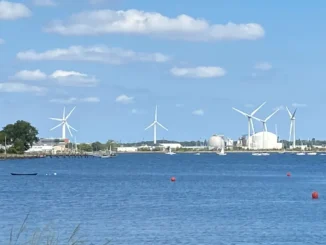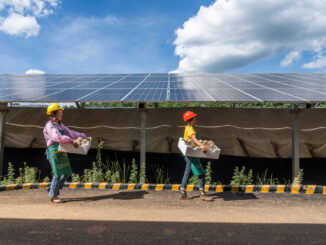
Oil and gas contractor Saipem has confirmed a €580 million downgrade in profits for 2021 due to difficulties with offshore wind farms.
It had previously issued a profit warning, citing delays in critical supplies and revised estimates of execution times and costs for offshore wind.
Saipem will now take on low-risk offsore wind projects for the next two years as part of a plan to return to profitability.
The Italian company also blamed an impact on onshore oil and gas engineering and construction projects, and today (25 March) confirmed that this had hit profits by approximately €440 million.
Overall, it recorded a loss of €1.2 billion in 2021, compared to adjusted Ebitda of €614 million the previous year.
The Italian firm is a relative newcomer to the wind power sector but has been involved in floating platform design, foundation installation and jacket supply for large-scale wind farms.
Next four years
Saipem also unveiled a four-year plan to reposition its offshore wind strategy and help return the company to profitability.
It intends to target low-risk projects in 2022 and 2023, before ramping up in 2024 and 2025, according to a presentation.
Its strategy over the next two years involves full ownership of projects’ design phase to mitigate risks and financing asset investments through non-consolidated vehicles. The Italian firm also intends to partner with local players in developed offshore wind markets, enhance its technology ownership and adopt risk-mitigation contract models.
With this strategy, Saipem expects an order intake of about €800 million in 2022 and 2023 from offshore wind – down from about €2.4 billion under the company’s old plan.
However, with a new commercial strategy to catch the full potential of offshore wind from 2024 onwards, it expects an order intake of €2 billion in 2024 and 2025 – up from about 1.5 billion under the company’s old plan.
Saipem also aims to boost its order intake for offshore oil and gas engineering and construction projects and plans to be more selective in its onshore oil and gas activities as it seeks a return to profitability.



